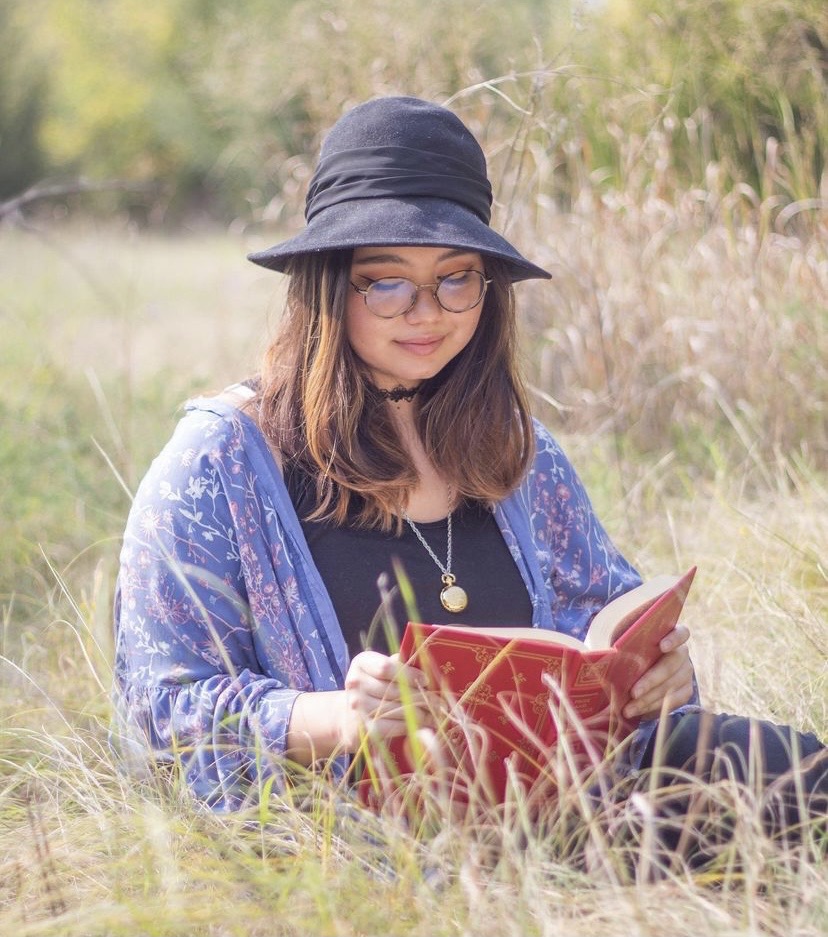For this international hot topic post, I wanted to dive into learning about Japanese New Year’s culture. As an American with Japanese Ancestry, I am familiar with the Japanese American tradition of New Year’s soba noodles. However, through this blogpost, I wanted to investigate how the traditions that have been passed down to me through my family may differ from the traditions of those living in mainland Japan, as well as share some of my own culture with the world.
For me, New Years has always been celebrated with a bowl of soba noodles called “toshikoshi soba” (aka, new year soba). This type of noodle is a more brittle, grayish noodle made from buckwheat flour. My father always told me that eating these buckwheat noodles is important for establishing good luck in the New Year. The brittle nature of the buckwheat noodles is supposed to symbolize “breaking off” from the old year and preparing for the new! Soba can be eaten both hot or cold, and sometimes with side dishes. My dad, for example, likes to eat the soba noodles cold with a savory dipping sauce. I, on the other hand, prefer to eat the noodles in a hot soup. However, we both enjoy some tempura shrimp and vegetables, as well as some boiled daikon radish, with our soba.
Additionally, for New Years, my family has always eaten mochi, which was either homemade by my father or bought from the local Asian market. While many of my friends in Norman know the sweet mochi of grocery markets, I have always looked forward to the stacks of savory mochi in hot soup on New Years, which, my father tells me, symbolize good luck for the coming year.
So, how does my tradition of celebration differ from the traditions of Japanese people living in Japan?
Well, it may be hard to generalize, but one source tells that the New Year (or, shōgatsu), is one of the most important holidays in Japan. People clean their houses, decorate their homes, and watch a music show called “kohaku uta gassen” (1). Additionally, soba noodles are eaten for goodluck, just like in my family! On New Year’s Day, it is apparently tradition to begin by viewing the first sunrise of the New Year and celebrate with a restful and relaxing day. Finally, other sources say that visiting a temple or local shrine on New Year’s Day is a traditional way to start the new year (2).
No matter what, however, I do not believe there is a “right” or “proper” way to celebrate the New Years. While Japanese Americans, as a diasporic people, and Japanese people currently living in Japan may celebrate the New Year in slightly different (and similar!) ways, the most important aspect of the New Year holiday is to say goodbye to the old and celebrate the new. Any tradition that brings a person joy should be supported and accepted!
Sources:
More videos on Japanese American traditions of New Years food:

